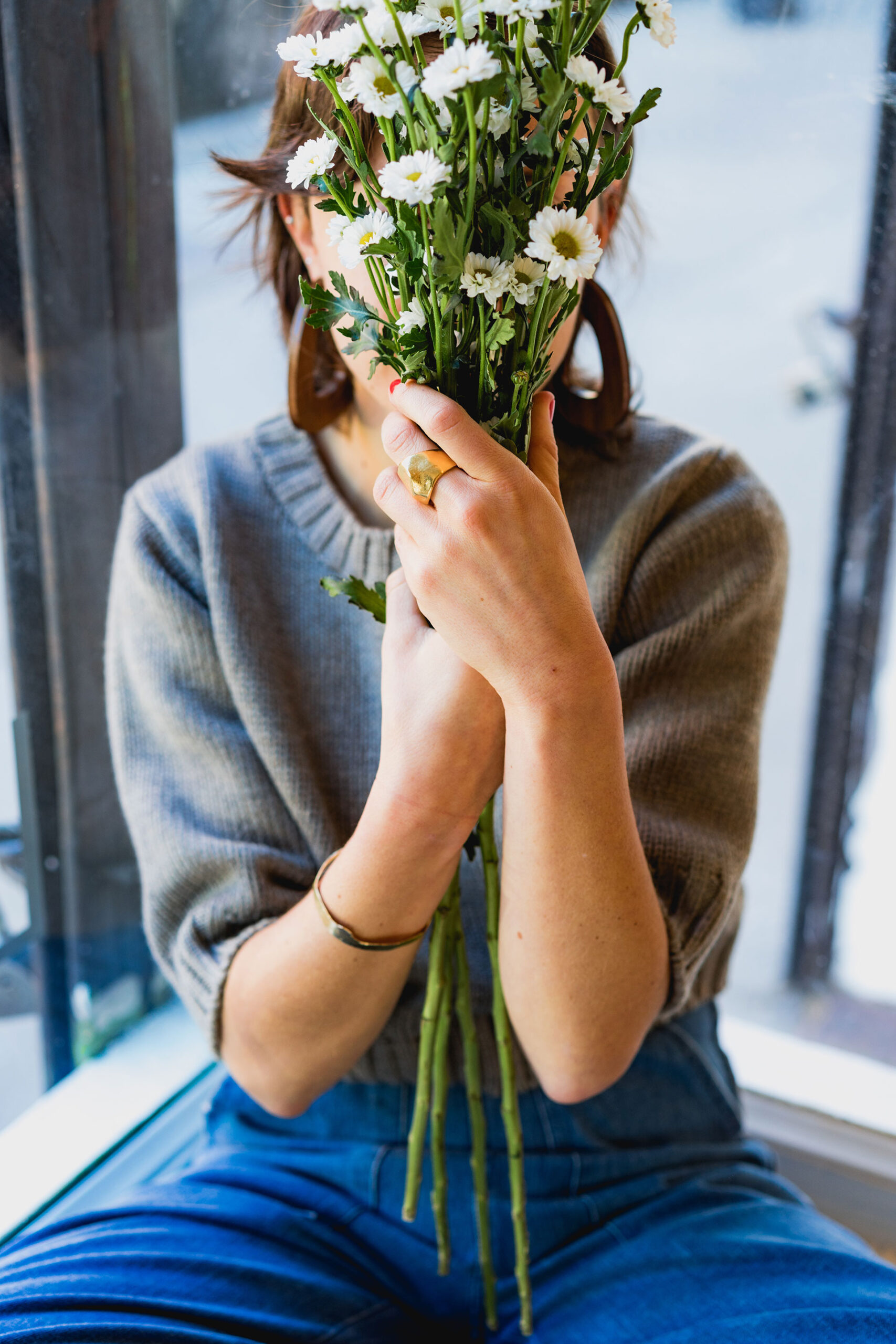£36.00 – £841.00
Eucalyptus parvula is one of the absolute best Eucalyptus EVER not only as a screening tree for privacy, but for lots of purposes. Perfect for the UK with many attributes. Easy to grow.
Why we like this species:
Many gardeners don’t realise just how good a species it is. A very versatile, adaptable Eucalyptus with many attributes. E. parvula deserves to be more frequently planted.
Ideal for the smaller garden, which cannot accommodate a large Eucalyptus. An interesting species, it has neat little leaves and a more compact habit than most of the other species; once described in our nursery as being like an alpine Hebe on steroids!
Short term (first year), it forms a tall shrub. The following year, it grows into a small elegant tree of semi-weeping habit, ultimately with a broad spreading crown, where it retains some of its juvenile foliage (unusual for Eucalypts).
I love this note from Euclid about the Australian distribution of E. parvula:“A small tree of restricted but scattered distribution on the Southern Tablelands of New South Wales east of Cooma, from near Badja south to Dragon Swamp near Cathcart, preferring damp cold sites on grassy plains.” How can you resist a tree that hails from a place called Dragon Swamp?
Shoots ‘n leaves: Young stems/shoots are often a maroon colour.
Juvenile leaves can vary in shape and are usually quite small, blue green in colour, sometimes edged in maroon.
Adult leaves: smaller than most Eucalyptus and pointed, but quite variable and not usually longer than 75 mm.
Bark: Lovely, tactile, smooth bark in a golden biscuit to coffee colour with some violet-grey and foxy-russet, shredding in the upper tree branches.
Flowers: Flowers white in groups of 7, usually in May and June time for several months.
Leaf aroma: Fresh eucalyptus.
Rate of growth: Relatively slow growing for a eucalyptus at around 1 meter per year.
Height in maturity, if left unpruned: Eventually around 10 meters. E. parvula responds exceptionally well to being pollarded and pruned. It can be cultivated to grow as a shrub-on-a-stick, lollipop form and multi-stemmed bush or tree.
Pruning is best carried out when the sap is actively rising. Prune on or around March 18th (National Eucalyptus Day UK) and again at the end of May (The Chelsea Chop). Tip pruning during the summer is also a great idea. Avoid voluntarily pruning your Eucs from end of August through to end of February unless you are growing for cut foliage or you have a broken branch. Late season pruning carries the risk of your Euc catching the fatal silver-leaf fungus (Chondostereum purpureum).
Click here to visit our Pruning Diagrams and Guidance Notes
Hardiness: Root-system is extremely hardy down to -16 to -18°C. Eucalyptus parvula, along with E. gunnii and E. pauciflora debeuzevillei, is one of the very hardiest of the Eucalypts.
Young trees are more susceptible to frost damage at low temperatures; hardiness improves with age and refers to the lignotuber, not the foliage.
Hardiness in Eucalyptus is governed by
Eucalyptus parvula – Small Leaved Kybean Gum
A very adaptable species. ‘They’ say it withstands quite high temperatures (in Australia) if kept well-watered, but we’re not sure this is relevant to the climate of the UK!
Requirements:
Recommendations:
Eucalyptus parvula – Small Leaved Kybean Gum
For monthly emails on how to prune and care for your Eucalyptus, sign up to our Gumnut Club – it’s totally free and you can unsubscribe at any time.
How to use in the landscape and/or garden:
How to grow or train it to get the best out of it
Good Specimen Tree for the wider landscape, arboretum collection or avenue planting and for the small, medium and larger garden. Planting the tree and running away is always and option, but it won’t necessarily give you the best results. See our guidance notes for growing specimen Eucalyptus in and Help and Advice section.
Growing shrub-on-a-stick clipped standard: this is an opportunity to grow a Eucalyptus in a confined space and control its overall size. You can produce a small tree on a trunk with a height of anywhere between 2.4m (8ft) and 4m (12ft). Always prune at the correct time of year: mid-March and end of May. Never prune Autumn or Winter.
Growing a multi-stemmed bush or tree. Once large enough to cope with this pruning technique, E parvula responds well to coppicing almost to ground level and readily produces a multi-stemmed specimen off the lignotuber.
Why would you want to do this?
To create:
Cut foliage for floral art: Fabulous, prolific cut foliage. E parvula forms a lignotuber and it responds well to pollarding; both juvenile and adult foliage are cut for foliage and used for floral art. Produces long useful stems in a blue-sage green hue.
Windbreak: Plant in groups to create shelter from biting winds for gardens and livestock
Privacy Screen: E parvula responds well to pruning and forms a good hedge/screen (2-3 m tall). The recommended planting distance between each plant is about 1.8-2.0 m, for a hedge screen of this height.
Patio Pots and Raised Planter: E parvula lends itself to being grown as a multi-stemmed specimen in a container for your terrace or courtyard garden: use a large air-pot to keep its roots happy. For information on how to successfully grow Eucs in pots, visit our Blog entitled ‘How to grow a Eucalyptus in a pot and keep it alive!’
Domestic firewood production: If coppiced every 8 years, E parvula will produce a log about 5 inches (125mm) in diameter – just right for your log burner. E. parvula is also a useful species to plant around the perimeter of taller firewood species to protect them in windy exposed locations.
ALWAYS REMEMBER: No grass, no weeds and a thick bark chip mulch, to a depth of 150 mm (6 inches) are essential to assist with good establishment. Our research trials have demonstrated that grass around the trunk of Eucalyptus prevents the trees from quickly establishing and can completely stop them from growing.
Rural/Agricultural:
– Good shade tree for livestock to stand under. Eucalyptus provide a cool environment for horses, cattle, llamas, sheep to shelter from the sun on hot days, as the mass evaporation of water through the leaves creates a cool shady canopy beneath.
– Soft grey-green adult foliage, which looks for comfortable and not ‘foreign’ in a rural setting – reminiscent of Willow Trees
Ecology:
– Bees: useful flowers from May/June onwards for several weeks, providing foraging for honey-bees and other pollinating insects
– Habitat creation and Game Cover: this species lends itself to providing good trouble-free habitat creation for wildlife and game cover, when planted in groups, especially a multi-stems.
Birds enjoy roosting in Eucalyptus trees and Pheasants like rootling around underneath them.
– Chickens: The shredded foliage of E parvula is excellent at keeping Chicken nest boxes and hen houses free of red mites, which detest the presence of Eucalyptol. I used to line our Chicken boxes with shredded leaves, strew the floor and pile up the spindly branches for the chickens to make nests. It was all great till the foxes moved into the next field
Environmental:
– Growing on the Coast We know of a successful planting of E parvula near Wadebridge in Cornwall, in sight of the sea.
– Drying up wet soils: Hailing from soggy valley bottoms in the wild, it does prefer a moisture retentive soil and so may do well at drying up a wet UK soil. Grows well for us at Grafton on our swampy clay.
– SUDS – sustainable drainage systems: Needs trialling, but planted singly or in groups, E. parvula may draw on drain water percolating into swales or similar. Coppice or pollard every few years if you need to control the overall height of the trees. Eucalyptus draw on ground water for twelve months of the year, unlike willows, which lie dormant for 5 months through the winter.
– Tolerant of cold and exposed growing environments inland: E. parvula will grow in open fields and pasture; it does not require a sheltered position. No grass, no weeds, but do give it oodles of Rootgrow and a thick bark chip mulch, to a depth of 150 mm (6 inches) are essential to assist with good establishment
– Tolerant of poor stony soils once established: Tolerant of arid environments, poor stony dry soils once established. E. parvula does not require a rich soil and can survive in poor, stony soils. It is essential that your Euc. is given our recommended quantity of water for its first 2 growing seasons in your grounds, during its establishment phase before you abandon it to its fate. The tree needs to establish a good root system before it can survive in dry, challenging conditions. No grass, no weeds and a thick bark chip mulch, to a depth of 150 mm (6 inches) are essential to assist with good establishment.
Winter 2022 into Spring 2023
Stock levels in all of our pot sizes: Good stocks of 1 litre, 3 litre, 5 litre, 9 litre, 12 litre, 20 litre, 30 litre standards
9 litre, 30 litre, 45 litre and 100 litre multi-stem specimens
Botanical Name: Eucalyptus parvula (formerly parvifolia) MYRTACEÆ; Myrtle Family
Common Name: Small-leaved Gum, Kybean Gum
Status: Evergreen Tree
Origin: New South Wales, Victoria
Lignotuber: it has one, which is a good thing! E. parvula will regenerate off the lignotuber if cut down by man, beast or nature. It also produces many shoots from epicormic buds lying dormant beneath the bark higher up the tree; so E parvula will respond extremely well to both coppicing and pollarding practices.
Origin of the Name: The botanists recently renamed this species E. parvula, because E. parvifolia was used to describe a Eucalyptus fossil record in 1895 and therefore cannot be used to name the modern living species.
parvula and parvifolia both mean small leaf



Tel: 01905 888 098
Monday-Friday, 9.00am-4.00pm
Grafton Nursery,
Worcestershire
(Visits by appointment)


We’re here to help you choose your Eucalyptus
We’ll also email you with expert seasonal advice for
your Eucalyptus & exclusive offers. No spam – just Eucalyptus.
You can opt out at any time. Click here to see our privacy policy in full.